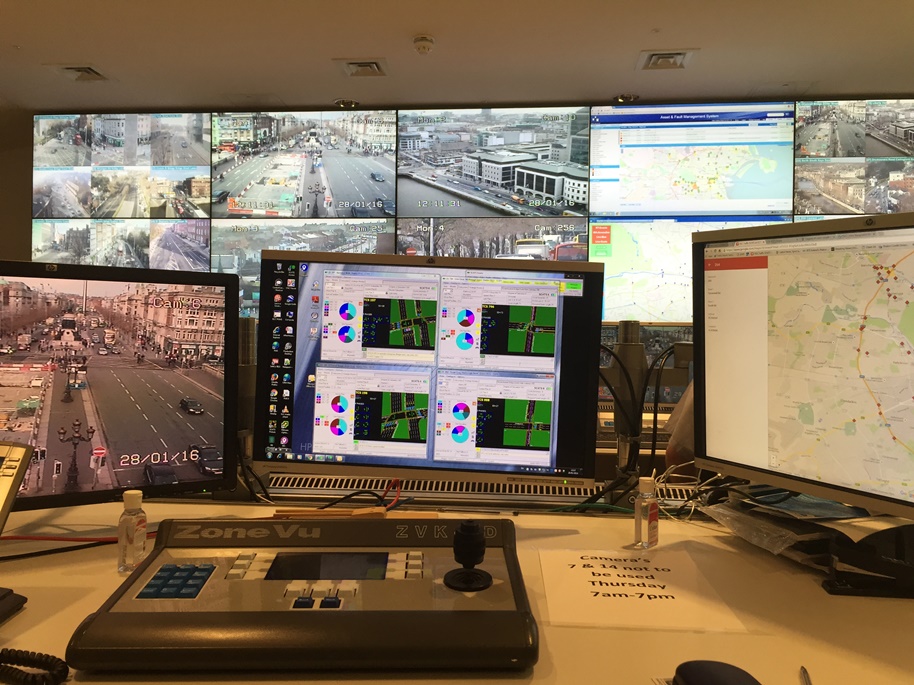Paolo Cardullo and Rob Kitchin have a new paper published in GeoJournal – “Being a ‘citizen’ in the smart city: Up and down the scaffold of smart citizen participation in Dublin, Ireland.” The paper is available to view at Springer’s Shareit site (though the PDF to download is behind a paywall).
Abstract
Reacting to critiques that the smart city is overly technocratic and instrumental, companies and cities have reframed their initiatives as ‘citizen-centric’. However, what ‘citizen-centric’ means in practice is rarely articulated. We draw on and extend Sherry Arnstein’s seminal work on participation in planning and renewal programmes to create the ‘Scaffold of Smart Citizen Participation’—a conceptual tool to unpack the diverse ways in which the smart city frames citizens. We use this scaffold to measure smart citizen inclusion, participation, and empower-
ment in smart city initiatives in Dublin, Ireland. Our analysis illustrates how most ‘citizen-centric’ smart city initiatives are rooted in stewardship, civic paternalism, and a neoliberal conception of citizenship that prioritizes consumption choice and individual autonomy within a framework of state and corporate defined constraints that prioritize market-led solutions to urban issues, rather than being grounded in civil, social and political rights and the common good. We conclude that significant normative work is required to rethink ‘smart citizens’ and ‘smart citizenship’ and to remake smart cities if they are to truly become ‘citizen-centric’.
Keywords: Smart city, Citizens, Participation, Engagement, Citizenship, Rights

